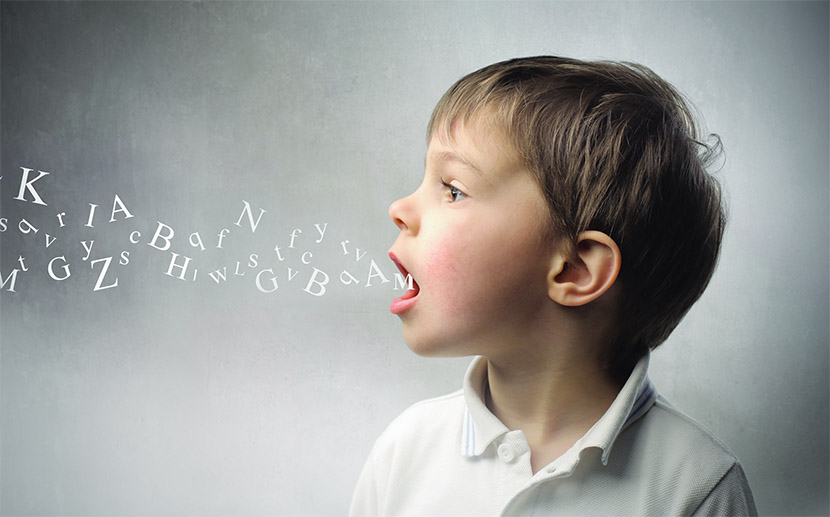What is Special Language Disorder (SLI)?
The term Special Linguistic Disorder (S.L.I.) describes the status of an apparently retarded linguistic development in cases where other causes such as autism, deafness, mental retardation, or anything else that could explain the linguistic delay are absent.
Special Language Disorder is sometimes referred to as developmental dysphasia.
Children with Special Lung Disorder usually start talking at about the same age as normal children, but their progress is noticeably slower. They have a small chronological delay in acquiring language landmarks (eg first word, first sentence) and, in general, a slower growth rate. The stages of linguistic development may not be clear, since the child often speaks with phrases, but uses multiple expressions as well. The wrong verbal endings, both in relation to the persons and in relation to the times and the omissions of important elements of speech, are some of the characteristics of the speech of the people of the GDR.
These difficulties can remain much longer than early childhood, often during school years and beyond, where children experience difficulties in reading and writing. A child with Special Language Disorder often has difficulty in understanding the meaning of a new word from the text or in automating a new editorial form. Children with GG have no mental disabilities, are not marginalized and become socially acceptable in relation to other children with developmental disorders.
Characteristics of SLI
Phonological Level
The children show mainly replacements of voices, omissions, transpositions, etc. They are often slow to “clean” their speech, slowing down their vocabulary and slowing down the concepts of time (“yesterday” and “tomorrow”, “before” and “after”).
Semanological Level
The reason is immaturity, because the levels of expressive and perceptual capacity are below average performance, always chronological. Also the reason is directly connected with the present, which shows the reduced ability to retrieve information, symbolic and abstract thinking. They misinterpret words with close meanings, such as “long” with “tall”, I ate with “I have eaten”.
On Actual Level
Here, children find it difficult to keep a topic of discussion or to move smoothly to a new subject. There is a diminished ability to ask for and clarify, but also to evaluate the discussion forum. In addition, they use very early mechanisms of correcting / clarifying their reason (eg repetition instead of transcription) and do not correct their mistakes. In infancy, these children do not often name objects like peer-to-peer children. They may also not answer questions or give inappropriate answers. In older adolescents, these people have difficulty with the inductive ability in the reason that they have incomplete contexts that do not contain enough information (eg, faces, times, places) to make sense to the listener.
At the Editorial level
They have a low average draft length relative to their chronological age. Grammar is simplified with respect to peer-to-peer children, they use simple suggestion structures (Subject-String-Object), stereotyped phrases, small phrases. There are also morphological disorders, such as omissions of articles, links, intents, and misconceptions. Their phrases do not have the right time, they are almost always in the tense, and there is generally an inappropriate placement of some words in the sentence (“I have two nuggets”, “Yesterday we eat the goddess”, “The children danced,” “The wolf was black” ).



